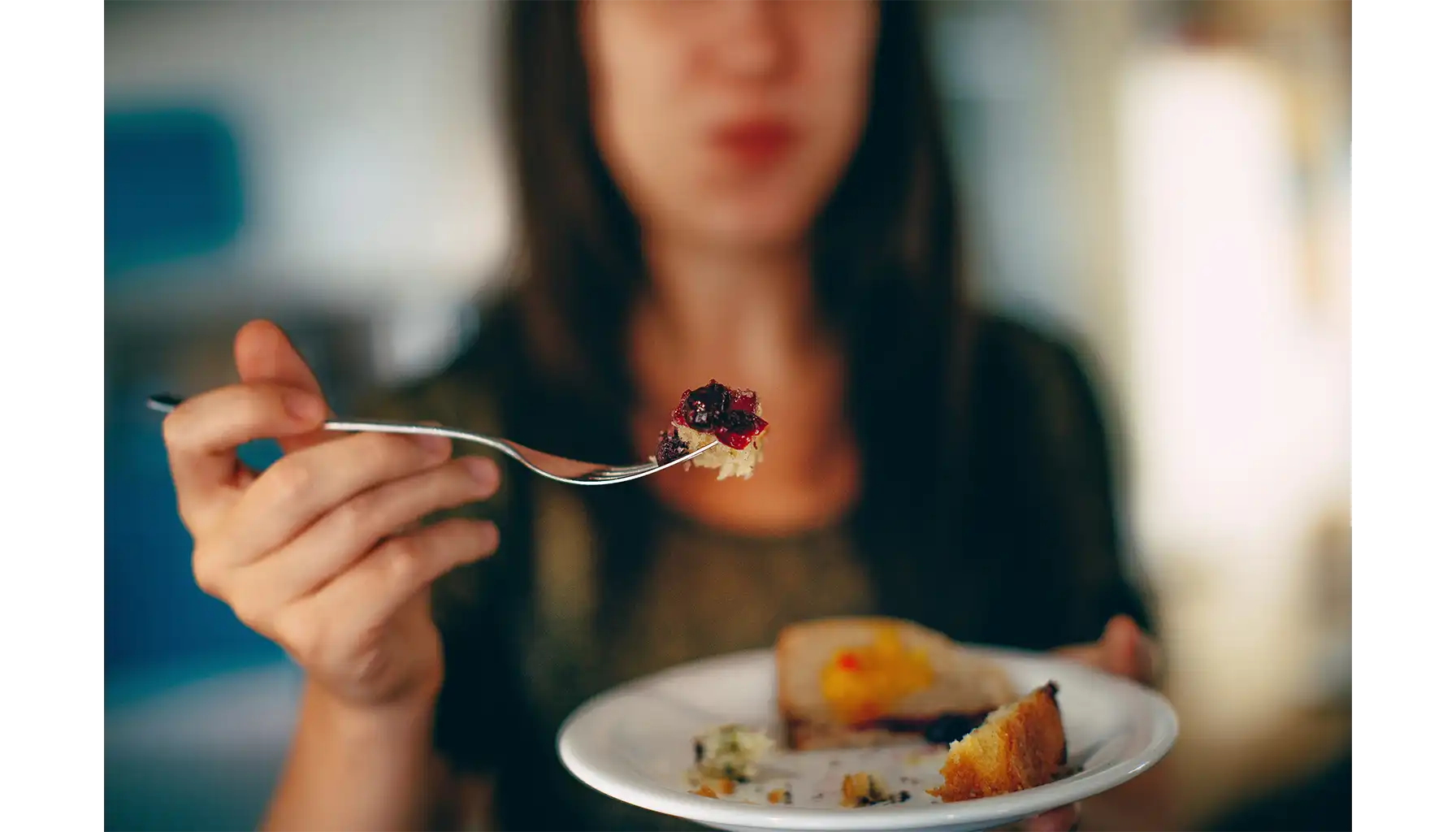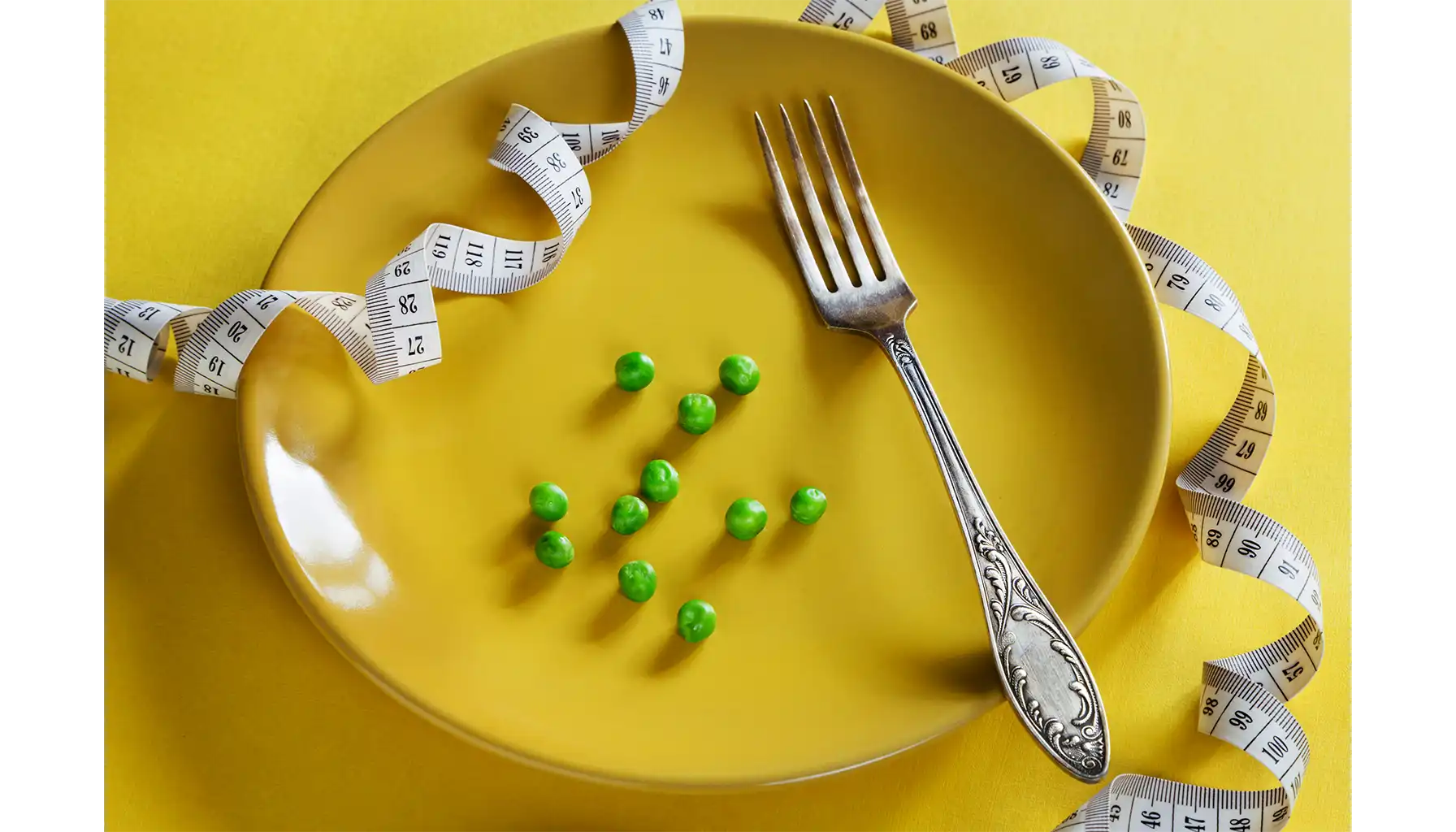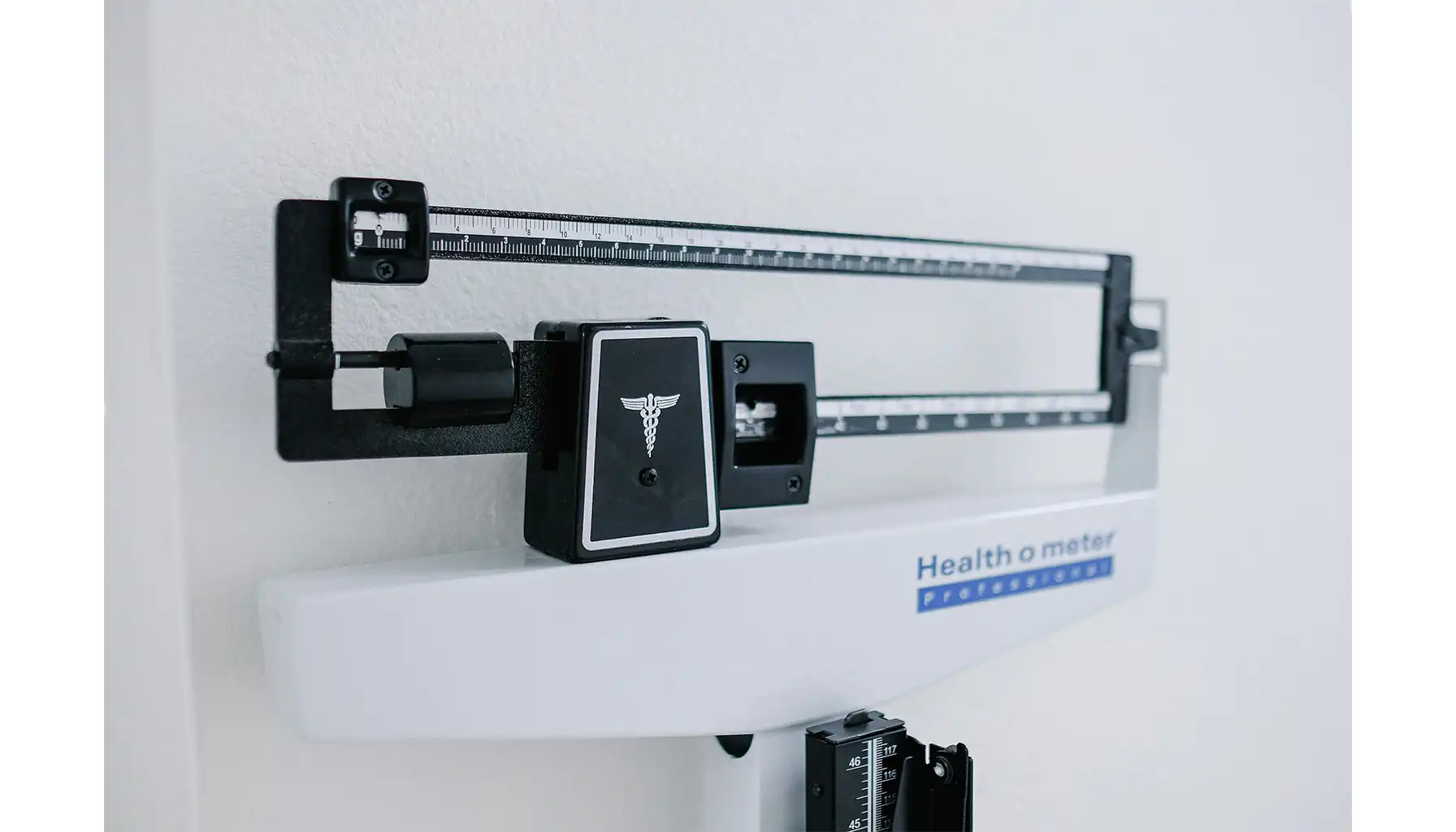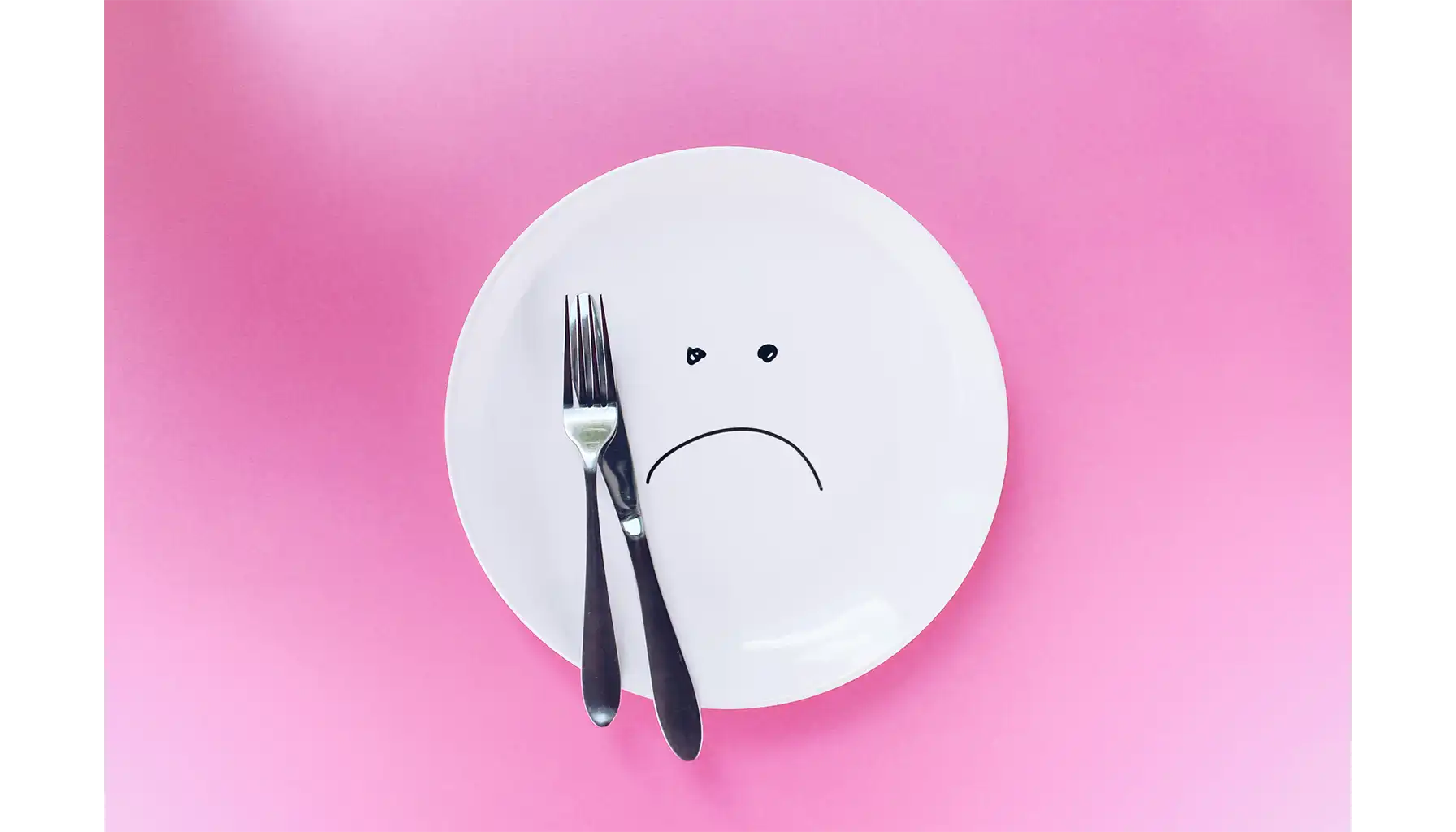Obesophobia: Meaning, Symptoms and Treatment

Contents:
Fear of gaining weight is much more common than often thought. In some cases, it's simply a health concern, but sometimes the anxiety becomes so intense that it develops into a specific phobia—obesophobia.
A person begins to avoid food, overly control their diet and scale, and thoughts of weight gain lead to panic. This condition needs close attention, as it can be linked to eating disorders and serious mental health effects.
Short cognitive exercises from the best brain game apps are helpful for improving concentration and reducing anxiety.

What is Obesophobia?
Medical literature uses this term for an enduring and disproportionate fear of gaining weight. The condition is also known as pocrescophobia and is classified as a specific phobia—a type of anxiety disorder in which the source of the fear is specific and limited.
Obesophobia Meaning and Scope
This phobia refers to irrational fear in which a person perceives the very possibility of weight change as a threat. Even minimal fluctuations in body weight or the mention of weight gain cause significant discomfort.
Clinical View on Obesophobia
The obesophobia definition has become established for a condition in which anxiety is out of proportion to actual health risks. Unlike the typical desire to stay in shape, phobias involve uncontrollable avoidance, obsessive checking, and a loss of flexibility in everyday decisions.
Risk Factors and Triggers
There is no universal cause: the development of fear is usually associated with a combination of social, personal, and biological factors.
cultural norms focused on being slim;
negative experiences (bullying about appearance, derogatory comments in childhood);
participation in sports where body weight is critical;
personality traits, including perfectionism and a desire for control;
a family history of anxiety disorders.
An additional factor is the presence of related phobias. For example, with cibophobia (fear of food itself), the symptoms become more complex.

Clinical Features and Diagnostic Approaches
The picture includes physical, cognitive and behavioral symptoms.
Obesophobia Symptoms
Key symptoms include: increased heart rate, sweating, trembling, and dizziness when exposed to "dangerous" foods; obsessive thoughts about gaining weight; avoidance of food-related situations; and social isolation.
Behavioral Responses and Consequences
Common reactions:
Repeated weight checks and calorie counting;
Excessive exercise;
Avoiding social events involving food;
Using "compensatory" practices, such as strict diets after any "breakdown."
Consequences: Nutritional deficiencies, hormonal imbalances, insomnia, chronic fatigue.
Diagnostic Criteria and Evaluation
There is no formal test for diagnosis, but doctors use clinical questionnaires and DSM-5 criteria for specific phobias.
Obesophobia Test
The assessment uses several tools: a psychological interview, an eating behavior check, and anxiety scales. It’s key to note how often obsessive thoughts appear, how much they disrupt work and social life, and whether panic reactions come with them.
Differential Diagnosis
This condition must be distinguished from eating disorders. In anorexia or bulimia, a distorted body image is the primary concern, while in obesophobia, the fear of weight gain remains central.
There are similarities with OCD, in which anxiety is tied to ritual actions. In unclear cases, a comprehensive psychiatric evaluation is recommended.
Is Obesophobia an Eating Disorder?

The issue remains controversial. While it is classified as a phobia, clinically it is often associated with anorexia, bulimia, or orthorexia. If untreated, the phobia makes an eating disorder far more likely.
Treatment Approaches
The treatment approach includes psychotherapy, work on daily habits and sometimes medication.
Obesophobia Treatment
Main methods:
Cognitive behavioral therapy helps identify and change distorted beliefs ("one sweet = obesity") and reinforce new behavioral patterns;
Exposure techniques allow for gradual exposure to triggers—from discussing food to actually visiting a restaurant;
Working with body image and self-acceptance reduces vulnerability to relapse.
Trauma-Focused Care and Supportive Strategies
If anxiety is rooted in childhood memories or episodes of bullying, addressing the past, similar to trauma therapy, can be helpful. Simple steps can help in everyday life: keeping an anxiety diary, breathing exercises, and limiting constant weight monitoring. The role of loved ones is also important—it's better to focus conversations on how you feel, not on the number on the scale.
There are rarer fears described in psychology. For example, arachibutyrophobia—the fear of peanut butter. The product itself is harmless, but its calories turn it into a symbol of weight gain risk, making this fear close to food obsessions. We've shown through examples that different phobias can intersect at one point—anxiety about food, which leads to changes in the body.
Medication and Monitoring
Medications are used in severe cases, when anxiety is accompanied by depression or insomnia. Antidepressants and anxiolytics are used, but they are considered adjunctive measures. Ongoing monitoring helps adapt the treatment plan and spot side effects early.

Complications and Prognosis
Without treatment, the condition can lead to chronic anxiety, somatic problems, and social isolation. Complications include:
micronutrient deficiencies and osteoporosis;
cardiovascular disorders;
cognitive decline;
risk of suicide.
Timely intervention significantly increases the likelihood of remission.
Practical Table: Triggers and Coping
Trigger | Immediate Reaction | Long-Term Strategy |
Invitation to a restaurant | Choose a dish in advance, use breathing pauses | Gradual diet expansion |
Missed workout | Short walk, breathing technique | Planning rest days |
Weight gain of 0.5 kg | Delay decisions for 24 hours | Limit weighing to once a week |
Comment about appearance | Neutral response | Setting personal boundaries |
Holiday feast | Small portion, mindful pauses | Mindful eating training |
Prevention and Coping Strategies
Prevention includes:
limiting exposure to negative media content;
getting regular sleep and engaging in physical activity without overexertion;
developing dietary flexibility and avoiding "forbidden" food categories;
participating in support groups where difficulties are discussed without judgment;
using apps like Mind Elevate to manage attention and stress.
In some cases, visualization and meditation techniques are helpful. They reduce sensitivity to triggers and help reinforce new experiences.

Prognosis Outlook and Long-Term Care
A phobia of weight gain can haunt a person for years, preventing them from relaxing. But as soon as you start doing something about it, you realize that for the first time in years, you can approach food calmly again, without mental strain.
Not just one remedy is used, but a combination of them: simple self-improvement practices and sometimes recommendations for medications designed to support mental health.





